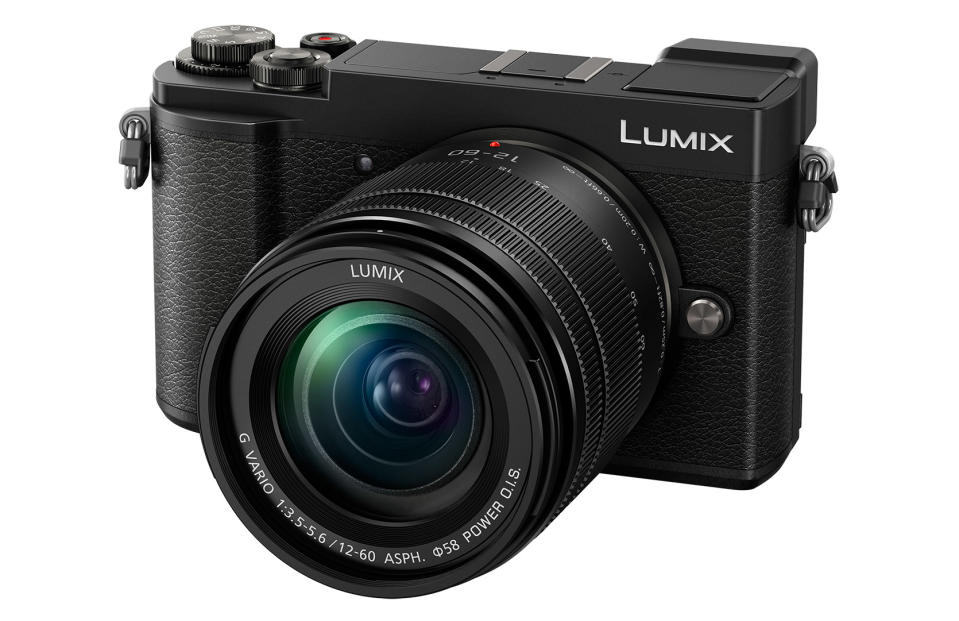Panasonic's GX9 packs 4K video and more into a tinier body
It looks like the GX85 but adds a tilting EVF and 20.3-megapixel sensor.
Panasonic's Lumix GX8 flagship compact was already a pretty innovative camera back in 2015 with 4K video, stabilization and a relatively high resolution 20.3-megapixel sensor. The next generation Lumix GX9 builds on that tech, but lowers the price and fits it into a new body borrowed from the GX85. That's a good thing -- the GX85 is a nice-looking, very compact camera with physical dials, and the GX9 brings its bigger sensor, tiltable electronic viewfinder (EVF) and other nice perks.
As you'd expect from one of Panasonic's top Micro Four Thirds mirrorless camera, the GX9 has pretty high-end specs. That includes a 20.3-megapixel Live MOS sensor, powered by the latest Venus Engine. It's the same resolution as before, but sans the GX8's low-pass filter -- identical to the one on the flagship GH5, it seems. The contrast AF "depth from defocus" system has face and eye detection and can focus in .07 seconds, Panasonic says. The camera now has a electromagnetic, rather than a mechanical shutter, which reduces vibrations by up to 90 percent.
The GX9 has a new wide screen 16:9 electronic viewfinder (which Panasonic calls a "live view finder,") with 2,760 dot resolution, 90-degree tilt-up angle and 100 percent field of view. The rear LCD can be tilted, but unfortunately for vloggers or tourists who need a full self-portrait mode, it no longer flips out like it did before. You get 5-axis in-body stabilization, compared to 4-axis on the GX8, which can be paired with lens stabilization to reduce shake on telephoto shots. The GX9 also includes a built-in flash, unlike the last model.

Video is Panasonic's strong point, and you can capture UltraHD 4K video at 30p or 24p, and 60fps 1,920 x 1,080, all with full time AF. Again, that's identical to the GX8, but Panasonic has augmented its so-called 4K Photo options, making it easier to grab 8-megapixel equivalent photos. That's thanks to a new "auto marking" function that will automatically find unique shots, and a "post focus" mode that uses the 4K mode to let you change the focus of shots even after you take them.
Finally, Panasonic has introduced an L.Monochrome D mode that will yield black and white images with better dynamic range and more control of grain (noise). The Panasonic GX9 will arrive in mid-March in black or silver with the kit 12-60 f/3.5-5.6 kit lens for $1,000 -- a good $200 less than the GX8 with a body only.


